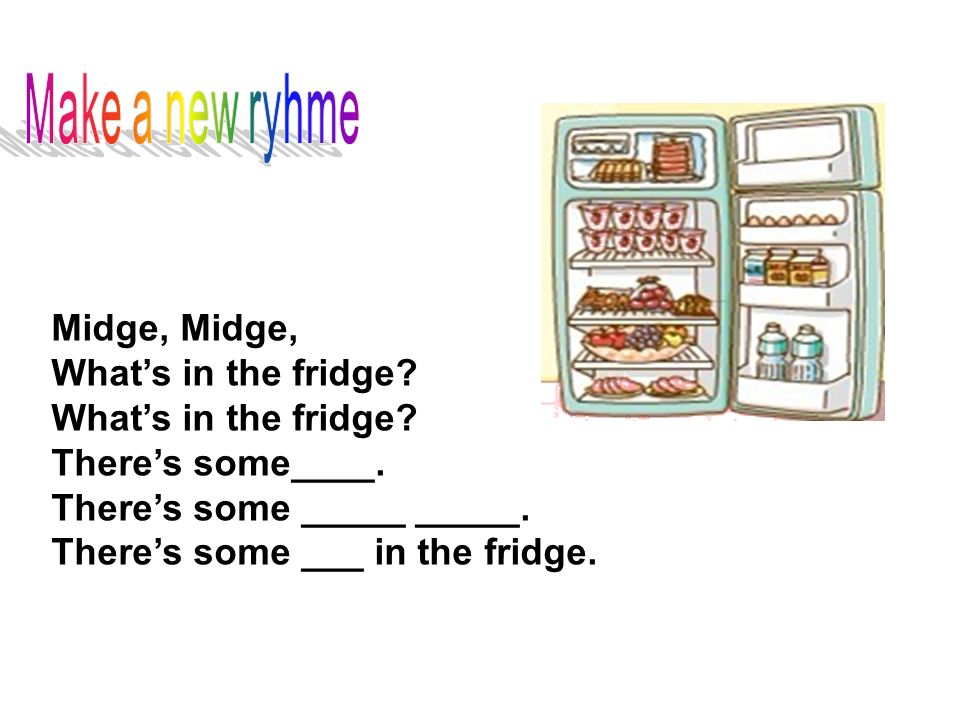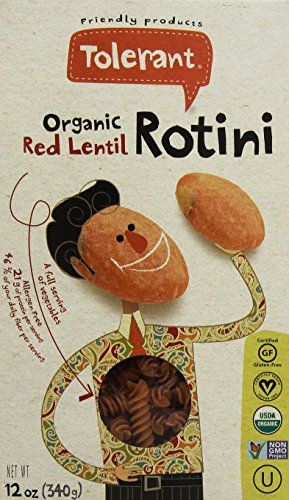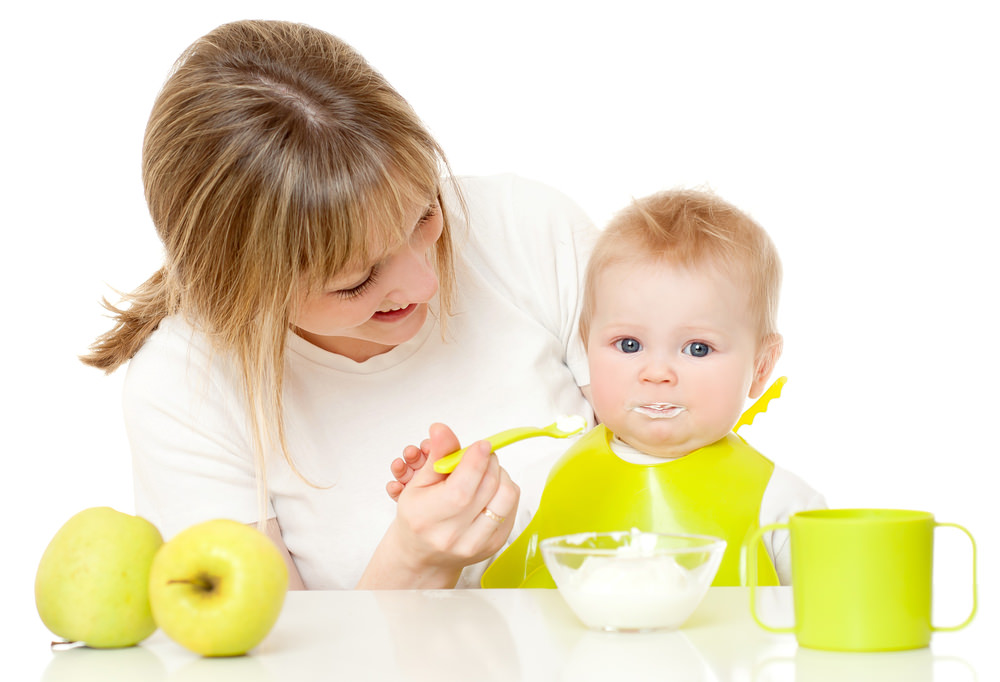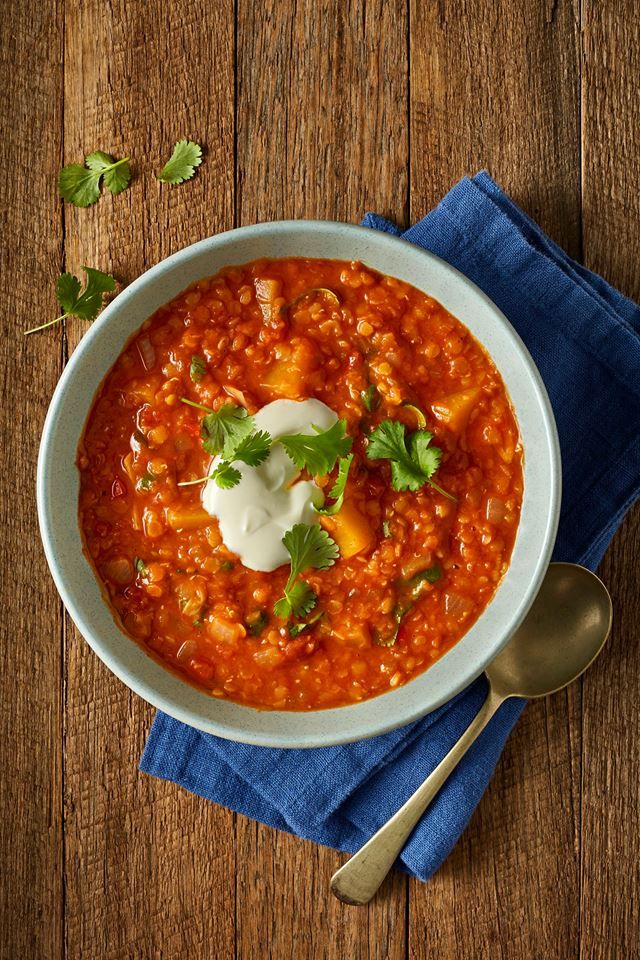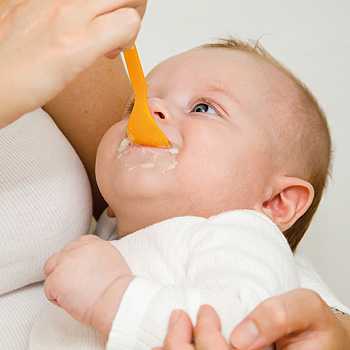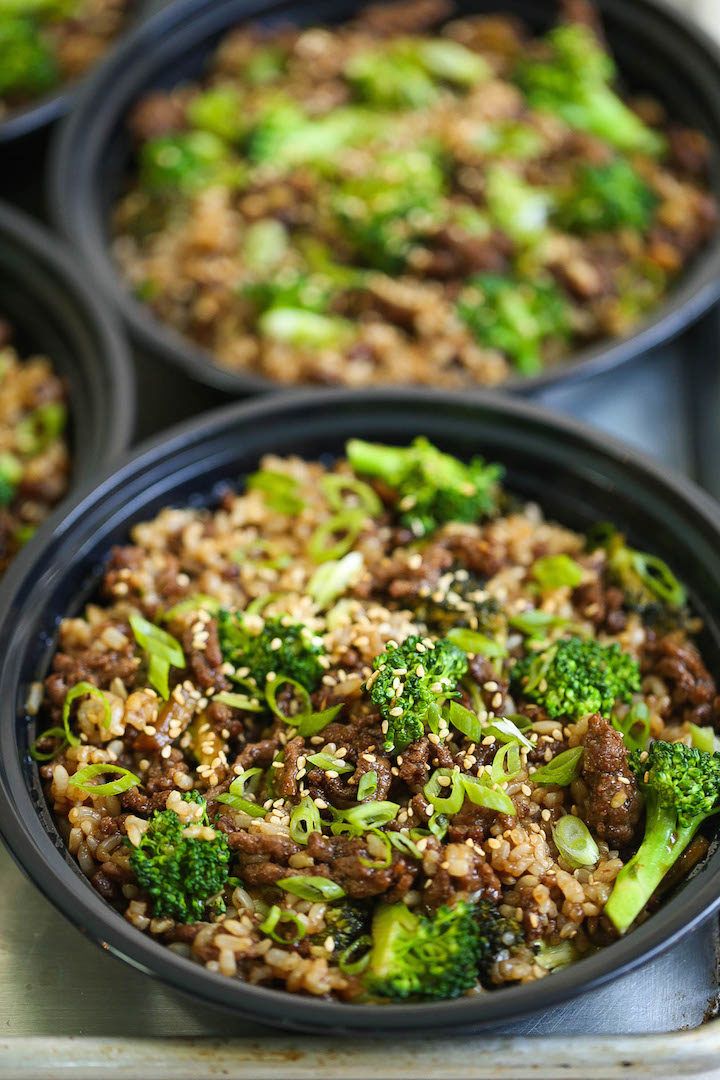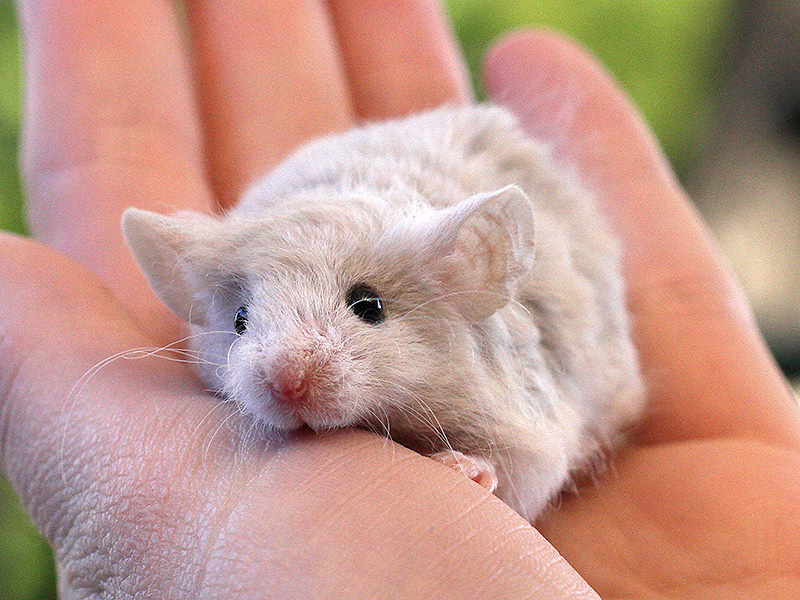Feeding baby toast
When to Introduce, Types, Baby-Led Weaning
“Our daily bread.” “Let’s break bread.” “The best thing since sliced bread.” Ever notice how many idioms revolve around bread?
In Western culture, this simple loaf of wheat or other grains has been a dietary staple for centuries. In fact, historians believe bread has been around since the ancient Egyptian era.
If you have an infant, you may be wondering when your child should continue the centuries-long trend of bread consumption.
Or perhaps you’ve wondered whether they should eat bread at all. With the rise of low carb and gluten- or grain-free diets, bread has certainly taken a hit in popularity in recent years.
For the record, bread is generally safe and healthy for babies to eat. Here’s what you need to know about when and how to feed it to your little one.
As a parent to your precious kiddo, you likely have safety top of mind at pretty much all times. (So many choking hazards! So many things to childproof!)
Food is one of the many areas where safety matters.
When feeding your baby bread, you’ll want to be aware of a few factors. First — and this is kind of counterintuitive — it’s actually the softer, chewier breads that can sometimes pose more problems for little eaters.
Breads with a softer consistency, like white sandwich bread, have a tendency to gum up into an un-swallowable ball in a baby’s mouth. This can lead to gagging or choking — or a spit-out pile of soggy bread gloop on the high chair tray.
To help a soft bread go down easier, try toasting it. This will remove some of its moisture so it’s less likely to stick together in baby’s mouth.
On the other side of the bread spectrum, a hard, crusty bread can be difficult for babies who have very few teeth to gnaw through it with.
Though you might try offering a bread crust to your child so they can experience its texture, they may not get very far on actually consuming it, depending on their chewing skills.
For this reason, crusty breads are best for older babies with more chewing experience. For babies just starting out with solids, stick to breads with middle-of-the-road density to minimize the risk of choking.
For babies just starting out with solids, stick to breads with middle-of-the-road density to minimize the risk of choking.
There’s no perfect schedule for when to introduce bread or toast to your baby.
The Academy of Pediatrics (AAP) gives the go-ahead for starting a variety of solid foods from around 6 months old — and bread can be included from this age.
When you do decide to debut a bit of sourdough or ciabatta, just be sure it’s not accompanied by other foods new to your child.
The Centers for Disease Control and Prevention (CDC) recommends introducing just one food at a time to your baby, waiting 3 to 5 days between new menu items.
If your child happens to have a negative reaction to something they ate, this allows you to identify the culprit more easily.
Baby-led weaning involves offering small pieces of food to your child, allowing them to feed themselves rather than be spoon-fed. As your kiddo approaches older babyhood, this approach can help them transition to table foods with more confidence and independence.
Baby-led weaning is associated with a number of benefits, like promoting more nutritious eating later in life and helping kids maintain a healthy weight.
Bread makes a super easy go-to when starting out with baby-led weaning.
Simply cut or tear a slice of bread into bite-size pieces, place them on the high chair, and let your child pincer-grasp them to their mouth. (Again, to make bread less gummy, toast it first.)
As always, with bread or any other foods your child self-feeds, stay close by as they eat so you can monitor for signs of choking.
100 percent whole wheat bread
Looks can be deceiving. Sometimes breads that use the words “whole wheat” in their name are not, in fact, made with just whole wheat flour.
To be sure you’re getting the whole high-fiber package for your baby, choose breads that explicitly state they’re made with 100 percent whole wheat or other whole grains.
Our pick: Whole Foods Organic Whole Wheat Sandwich Bread
Sprouted grain bread
For extra fiber and nutrients in your child’s diet, check out sprouted grain bread.
These loaves may contain a wide variety of grains harvested at the point of sprouting. Grains might include millet, spelt, kamut, or barley.
Many brands also include high-fiber, high-protein legumes like lentils and soy beans.
Our picks: Food for Life Ezekiel 4:9 Sprouted Grain Bread and Simple Truth Organic Sprouted Grain and Legume Bread
Sourdough or other hearty white
Soft white breads may turn gummy in baby’s mouth, but the texture of sturdier options like sourdough or rustic white bread will hold up far better.
Our pick: Dave’s Killer Bread White Bread Done Right
Breads with nuts and seeds
Tasty and nutritious though nuts and seeds may be in bread, they’ll have to wait until baby is a bit older.
Loaves that contain large chunks of nuts or have sunflower seeds studded around their exterior, for example, pose a choking hazard for very young children.
Breads with honey or lots of added sugar
The advice that goes for grown-ups goes for babies, too: Keep added sugar to a minimum. (Yep, it’s basically always a good idea for health.)
(Yep, it’s basically always a good idea for health.)
Look for breads with no added sugars in their ingredient list. This may require a bit of label-reading savvy — many sweeteners go by names you might not recognize.
That said, if learning all the names of sugar is too overwhelming, seek out breads with 2 grams or fewer of sugar per slice.
Another important point: Even in baked goods, honey is a no-no for babies under 1 year old. If honey shows up on a bread’s ingredient list, leave it on the shelf.
Breads with high sodium
Babies’ developing bodies don’t need that much sodium — and too much of this mineral can actually harm their kidneys. But bread is among the sneakiest sources of sodium in our diets, according to the American Heart Association.
Keep up your label reading by looking for breads with lower sodium, such as 100 milligrams or fewer per serving.
We’re willing to bet you’re familiar with the fact that bread contains wheat (at least, usually).
Wheat is among the top eight food allergens responsible for 90 percent of all dietary allergies. If wheat or other food allergies run in your family, you may feel hesitant about introducing your child to bread.
However, according to the AAP, there’s no medical reason to delay the introduction of potentially allergenic foods, even with a family history of allergies.
When budget and time allow, it’s also smart to offer your child breads made from a wide variety of grains. This can set them up for enjoying a broad range of flavors and textures.
And, on a positive note, don’t forget that 100 percent whole wheat bread (and many other varieties) are rich in fiber, which can improve infants’ digestion. When baby is struggling with constipation, incorporate fiber-rich bread alongside other high-fiber choices.
Since bread is a mild, palatable food, it doesn’t take a lot of creativity to prepare bread in a way your baby is likely to enjoy. A cut-up slice of toast with a thin schmear of butter is a simple, yummy snack that doesn’t need any extra flair.
Bread can also serve as the base for innumerable interesting, baby-pleasing recipes.
For a breakfast rich in protein and complex carbohydrates, spread a bit of peanut butter on toast (if you’ve already successfully introduced peanuts), then top with mashed or sliced banana.
Or start your mini hipster early on the avo toast trend by serving a tablespoon of mashed avocado on whole wheat.
At lunch or dinnertime, try topping toast with savory mashed sweet potatoes dusted with cinnamon or a layer of smashed chickpeas with fresh dill.
To make sandwiches and toast even more appealing to toddlers, use cookie cutters to cut them into fun shapes.
From an early age, it’s totally fine to feed babies bread made from a variety of grains.
With endless prep options at breakfast, lunch, or dinner, “daily bread” can quickly become a reality for your child.
The Best Bread & Toast Choices for Babies
You’ve probably noticed that bread can be tricky for babies…
Surprisingly, when it comes to bread for babies, starting with the crusty ends of bread (or strips of toasted sliced bread) can actually be safer than slice or strip of soft, pillowy breads like Wonder Bread.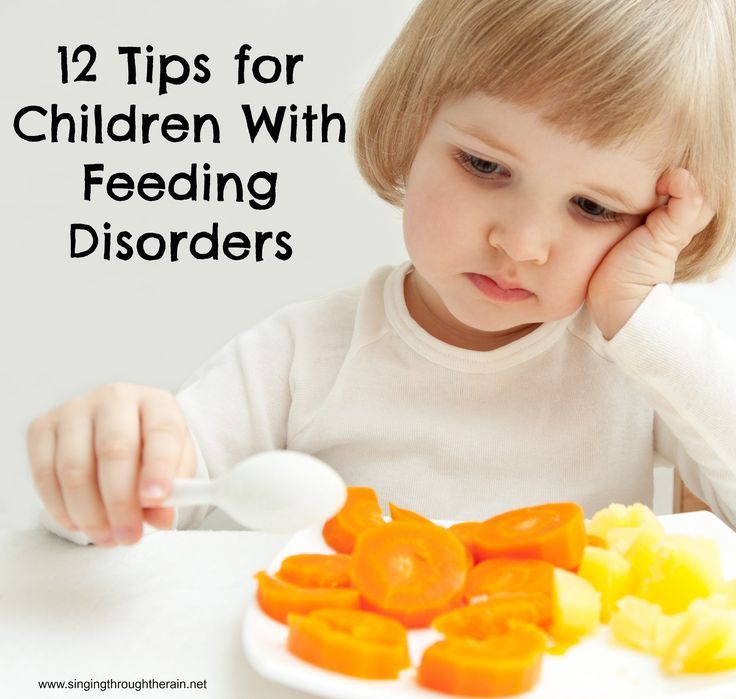
>> Just starting solids? See our guides, recipes, and virtual course on how to start solids safely and prevent picky eating.
- Soft, sliced bread has a tendency to glom up in the mouth and can form a large, mealy mass that your baby is likely to struggle with. If sucked on long enough it may cling to the roof of their mouth as well, making it difficult to expel. Soft breads are notorious for causing gagging, too.
- Soft, doughy bread can more easily be shoveled into the mouth whole. While baby is not likely to swallow a whole strip of bread, they are likely to spit it out when they can’t handle working with it anymore. (Which is a useful skill but kind of defeats the purpose.)
- Unlike the soft middle of sliced bread, the crusty ends of country bread or the crusts of toasted sliced bread hold up to the powerful suck and grip of a 6 to 9-month-old baby. They also offer wonderful opportunities for practicing biting and tearing.
So when it comes to bread for babies, it’s best to start with the crusty ends, and then when baby’s pincer grasp forms, to go way down in size to small torn pieces, which will increase consumption. If your child is handling the large strip of bread just fine still at 9 months, you can absolutely skip the small pieces and hop over to a bigger slice of toast or stick with the large strips. It all depends on the type of bread, of course, and baby’s chewing and swallowing skills.
If your child is handling the large strip of bread just fine still at 9 months, you can absolutely skip the small pieces and hop over to a bigger slice of toast or stick with the large strips. It all depends on the type of bread, of course, and baby’s chewing and swallowing skills.
If you’d like to go with sliced bread, definitely toast it. Toasting helps remove the moisture, making it less likely to become a mealy mass in baby’s mouth. Toasting also helps the bread hold together better.
You will find, too, that bread often steals the show from other more nutritious foods. If that is happening try occasionally serving bread as a second course to give the other foods on the plate a head start, or saving bread for snack time when it’s not competing with other foods.
Now the fun part: which bread? There are many wonderful breads to explore with your little one, and each offers distinct benefits—from nutrition, to expanding your baby’s palate, to oral development.
Nutrition: From a standpoint of nutrition, it’s hard to beat sprouted grain bread. (Common brands are Ezekiel bread, Dave’s Killer bread, or Silver Hills.) Sprouted grain bread does not use flour but rather whole grains that have begun to sprout (which can increase nutrients and make them easier to absorb as well). Sprouted grain breads often contain legumes as well, giving them a good boost of iron and protein. And unlike many sliced breads you see on the shelves, sprouted grain breads often boast they are made without refined sugar, softeners, or artificial preservatives.
(Common brands are Ezekiel bread, Dave’s Killer bread, or Silver Hills.) Sprouted grain bread does not use flour but rather whole grains that have begun to sprout (which can increase nutrients and make them easier to absorb as well). Sprouted grain breads often contain legumes as well, giving them a good boost of iron and protein. And unlike many sliced breads you see on the shelves, sprouted grain breads often boast they are made without refined sugar, softeners, or artificial preservatives.
Palate: For those focused on expanding their baby’s palette, go for a variety of flavor-forward breads that don’t have a lot of sugar or sweeteners added. Arepas, buckwheat, chapati, chickpea bread, corn bread, dosa, injera, lavash, lefse, naan, sourdough, soda bread, pumpernickel, roti, and spelt breads are all fun to try, though there are so many more.
Oral Development: Bread can be terrific for strengthening the jaws and learning how to tear. Crusty boules, sourdough, baguette, bagel, bialy, ciabatta, filone, flat breads, ka’ak, pretzel bread, and roti will all challenge your little chewer. These breads will be the hardest to consume, so try giving them to your baby or toddler after they’ve already got some food in the belly.
These breads will be the hardest to consume, so try giving them to your baby or toddler after they’ve already got some food in the belly.
And there’s no need to stop there. From Jamaican bammy to Chinese laobing, to arepas and corn bread, there are more than 150 types of bread to explore. And many are easy to make at home.
Amelia, 6 months, eats toast for the first time.Kalani, 8 months, eats toast strips.Amelia, 10 months, eats toast with butter.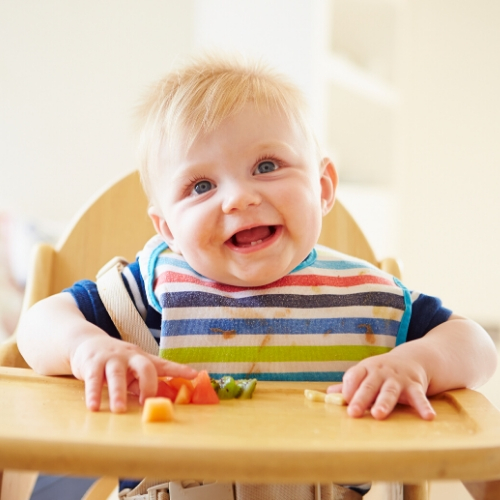
Feeding stages
| Age | Milestones | Power stages | Start feeding |
| 0 - 3 |
|
|
|
| 3 - 5 |
|
|
|
| 5 - 6 |
|
|
|
| 6 - 7 |
|
|
|
| 7 - 8 |
|
|
|
| 8 - 9 |
|
|
|
| 9 - 12 |
|
|
|
| 12 - 18 |
|
|
|
| 18 - 24 |
|
|
|
| 24 - 36 |
|
|
What to feed a first grader / Menu for excellent studies - an article from the "What to feed" section on Food.ru
Food is a joy
Eating a first grader at home and at school is not only a set of necessary substances. It is necessary that the child eats with desire and good mood. Even the most useful porridge will not go for the future if you feed it through force. And forced feeding forms a negative attitude towards food and can have long-term consequences.
Be attentive to the physiological and psychological reasons for the child's refusal of a particular food. Perhaps the dish causes bad associations, or now the body does not require this particular food.
Why can't children be force-fed? If you regularly force a child to eat more than his body requires, the natural ability to control satiety is gradually blunted. This can lead to improper eating behavior, metabolic disorders and serious psychological problems. Practicing psychologists speak of situations where children who were forced to eat even ran away from home.
A child, for whom they always decide how much to eat, impose what is unpleasant for him, often grows up unable to make independent decisions or becomes an object of manipulation.
Food and routine
Daily routine is very important, especially in the first year of study: it structures the life of a child, a first-grader, even in conditions of increased workload, retains a sense of stability and regularity. Therefore, try to feed him at certain hours.
A child in the first grade should be fed at least 5 times a day: first and second breakfast (or snack), lunch, afternoon snack, dinner. Sometimes snacks are made at other times, for example, you need to feed your child something on the road after class, during a break after intense activity, or on a long walk.
Sometimes snacks are made at other times, for example, you need to feed your child something on the road after class, during a break after intense activity, or on a long walk.
Leading by example
A child will never develop proper eating habits if parents and other family members do not follow the diet, are addicted to fast food and unhealthy snacks, eat in bed - the list goes on.
Set an example for your child and do the right thing yourself: eat at the dinner table and at the time allotted for it, do not bring junk food into the house.
First grader's menu
How to make a first grader's menu to provide his body with everything he needs and at the same time not force him to eat unloved soup or tasteless vegetables?
-
First breakfast
Sometimes parents, knowing that their child will have breakfast at school, skip breakfast at home. But it is better if the first meal is homemade and hot.
The first breakfast is a boost of energy for the most active part of the day.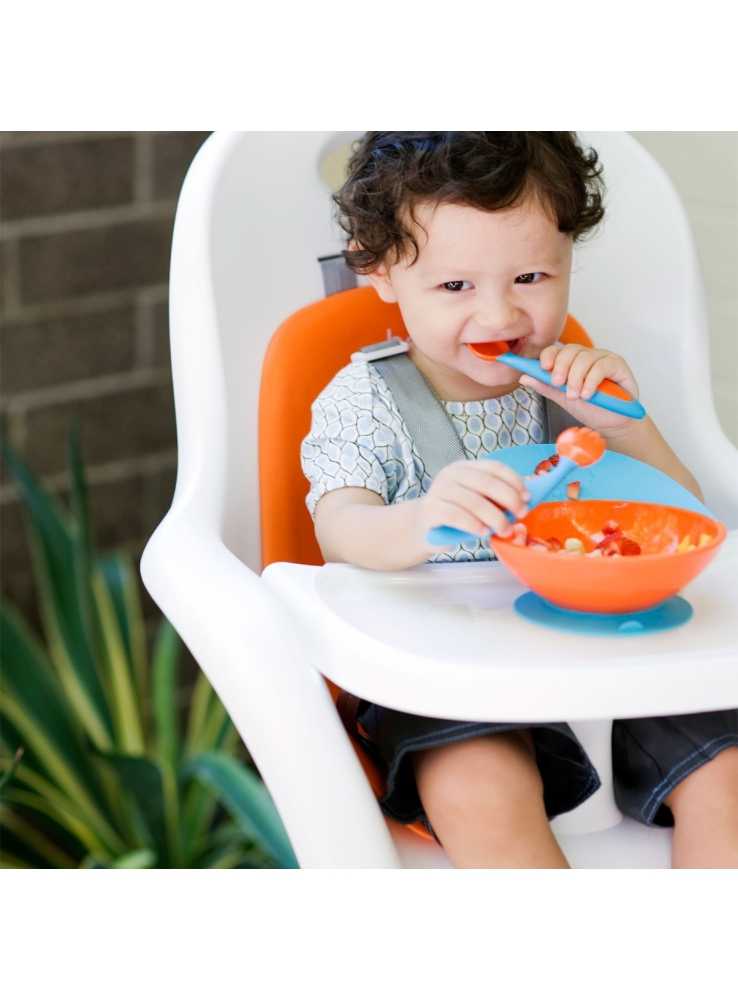 In the morning, slow carbohydrates are needed on the menu, which is why cereals are so useful.
In the morning, slow carbohydrates are needed on the menu, which is why cereals are so useful.
It's not a secret that porridge causes persistent rejection in many children. Sometimes it turns out to accustom a child to this dish by adding fresh or dried fruits, nuts, cocoa, pieces of chocolate. It’s good when porridge is not considered a dish for kids in the house, but the whole family eats it.
If cereals are difficult, there are other ways to enrich your diet with healthy cereals: pancakes, muffins or waffles are quickly baked. Anything can be added to the dough: oatmeal, wholemeal flour, corn, buckwheat, linseed, amaranth. Such food creates a feeling of satiety for a long time, since slow carbohydrates are not absorbed immediately, unlike white bread and buns.
Protein for breakfast is better to choose quickly digestible: milk, cottage cheese, yogurt, eggs. A portion of vegetables or fruits will complement the menu of a balanced meal.
All components of a healthy breakfast can be combined in one meal. These can be kefir-based smoothies with fruits and cereal flakes, oatmeal in a jar, pancakes with cereal flour and cottage cheese and fruit filling.
These can be kefir-based smoothies with fruits and cereal flakes, oatmeal in a jar, pancakes with cereal flour and cottage cheese and fruit filling.
-
Second breakfast
Most likely, this meal will be during the school break. Your first grader may have a snack in the cafeteria, but for many children school meals are not always suitable for various reasons. So that the child is definitely not left hungry, assemble a useful lunch box.
Any first-grader will be delighted with sweets, but instead of chocolate and sweets, it is more useful to put dried fruits or natural candied fruits - many children like them.
Homemade cookies, sandwiches with cheese or baked meat instead of sausage, fruits and even sliced carrots - you can always find a healthy product that your child will love.
A first grader can take drinking yogurt, compote or jelly to school. Children love chips, which any mother can make herself from good products and without harmful additives.
-
Lunch
First, second, third and compote - the food standard of the 1950-70s of the last century, which turned into an obsessive stereotype and thousands of hours spent by children over plates of hated soup.
Modern nutritionists say that the need for a first course menu is a myth. Soups and broths are healthy diet food, but a child is unlikely to get gastritis if you do not feed him soup daily. The main thing is that the first grader receives a balanced ratio of carbohydrates, proteins and fats, the products are of high quality, and the recipe and cooking methods retain nutrients to the maximum.
A first grader's lunch may consist of a main course and a salad. Most children love minced meat and fish products; for a change, you can learn a new recipe from time to time: cutlets, chevapchichi, meatballs, meatballs.
Add a side dish of cereals, potatoes, stews and boiled seasonal vegetables - your first grader's favorite. Be sure to include a fresh salad on the menu.![]()
To get your child used to vegetables, introduce him to making salads: a first-grader can wash vegetables himself, children are interested in mixing ingredients, decorating and tasting what they have.
Try to exclude harmful "children's hits" from the menu: sausages, french fries.
-
Snack
Yoghurt, kefir, tea with cookies, casserole, syrniki, cottage cheese or a baked apple - such a meal will help replenish your energy before doing homework or after a mug.
-
Dinner
The nutritional value of the last meal should be about 1/5 of the daily ration. Dinner should be fed 2-3 hours before bedtime, and the food should not be heavy and easy to digest.
Drinking regimen
It is necessary to teach a child to drink plain water: a junior schoolchild needs at least 1.5 liters of water per day.
What can be done?
Make a menu for the week, let the first grader take part in it. So you can buy food and cook in advance, without fuss, avoid situations when the child refuses to eat cooked food, and you are frantically thinking about what to feed him.

 By 24 months eats any food
By 24 months eats any food 
